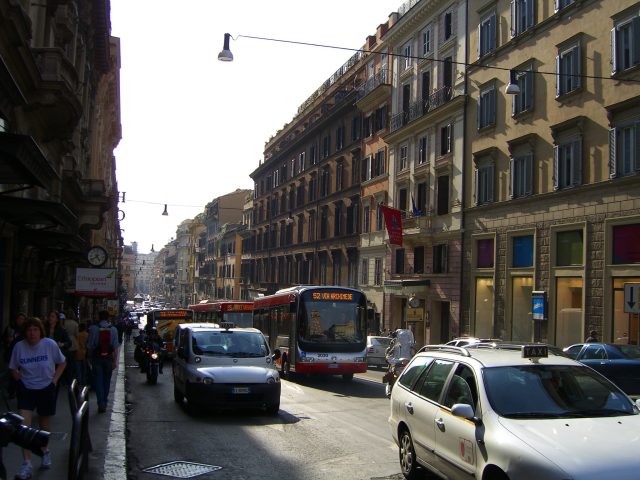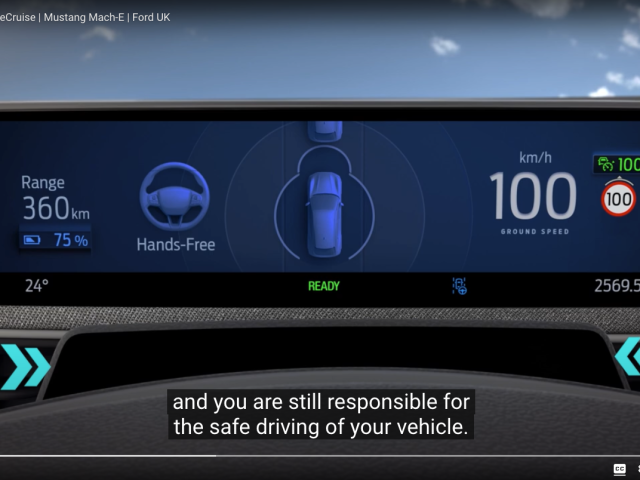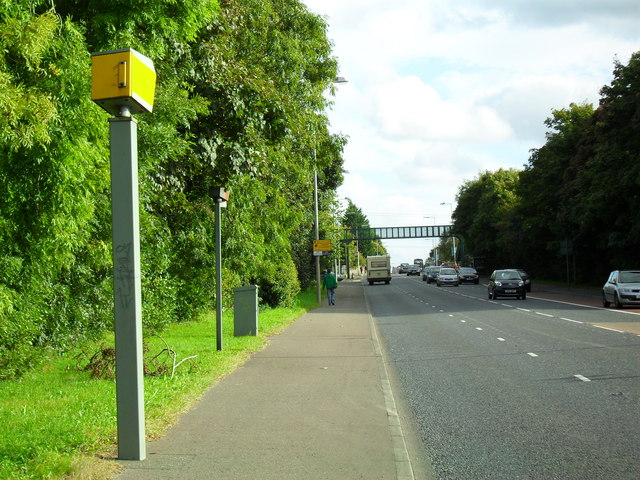
The Safety of Vulnerable Road Users in the “SEC Belt”
An overview of the protection of vulnerable road users in the Southern, Eastern and Central European Countries
Clearly, road safety is not equally distributed across the EU-15. There is what one can call a “North-South Divide”. While Northern European countries have developed and implemented plans and policies that have significantly improved road safety, the South of Europe generally lies below an EU-15-average in relation to almost all safety indicators.
In addition to this already existing imbalance, the road safety situation in the 10 new member states suggests the emergence of another divide. Average fatality risk in the EU-10 is higher than 3 times the EU-15 average, slightly higher than Greece (worst performing EU-15 country), and 5 times higher than the UK (best performing EU-15 country). If this trend continues, it will lead to a permanent situation in which the “North-South Divide” is complemented with a “West-East Divide”. What evolves is a belt of unsafe countries stretching across Southern, Eastern and Central Europe – the so-called SEC Belt.
Within the SEC Belt, the numbers of fatal accidents and serious injuries are significantly higher and citizens are exposed to greater risks than in most North Western European countries. However, road safety in these countries is not an impossibility, but rather a question of cultivating that which has fallen dry. It is this kind of safety cultivation that ETSC’s SEC Belt Project is meant to deliver. The countries within this Belt comprise Belgium, Cyprus, Czech Republic, Estonia, France, Greece, Hungary, Italy, Latvia, Lithuania, Malta, Poland, Portugal, Slovakia, Slovenia and Spain – all countries that display death rates per billion motor vehicle km above the EU-15 average.
Vulnerable road users comprise pedestrians, cyclists and motorised two wheelers. Naturally, each categorisation entails a good degree of arbitrariness. Hence, this basic definition might be seen as too restrictive (insofar as it does not explicitly include other vulnerable road actors such as roller-skaters, wheelchair users, young and elderly car passengers as separate categories) or too wide (insofar as it includes motorised two wheelers, who do not always represent the “vulnerable” party). Consequently, this Policy Paper takes account of the fact that vulnerable road users comprise very different groups.
This ETSC Policy Paper on the protection of vulnerable road users in the SEC Belt countries seeks to provide a basic tool for sound road safety policy-making both at EU level and in the 16 member states where the risks to road users are higher. For ETSC, it also provides a corner stone in the fundament of its new EU-wide Campaign on protecting pedestrians and bicyclists, called VOICE. With the beginning of 2005 ETSC has commenced an activity that, amongst others, seeks to create a network of NGOs dealing with and promoting the protection of non-motorised vulnerable road users across Europe. This Policy Paper thus paves the way for the Europe-wide activities under VOICE.
Download







